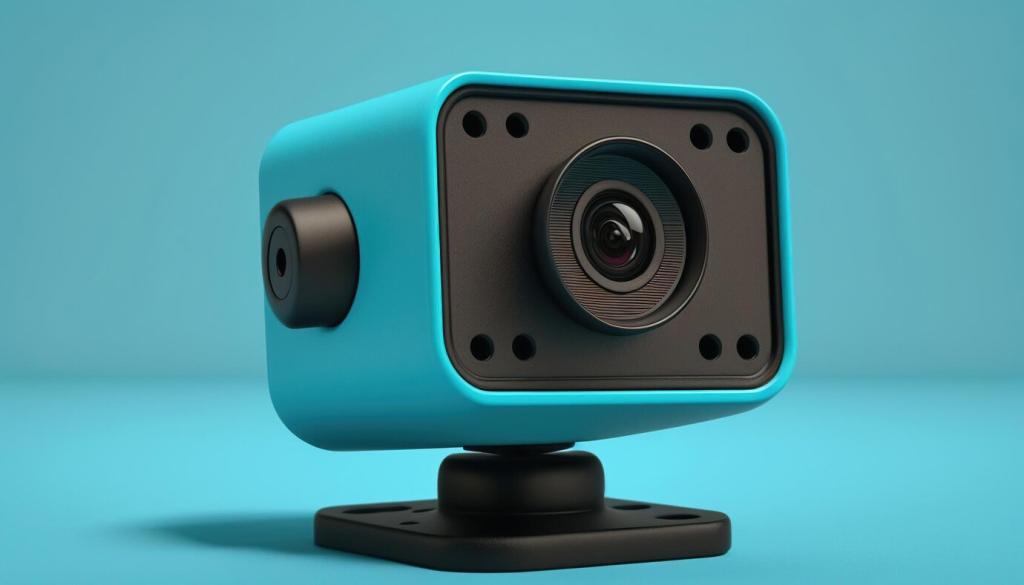
Voice Activation Security Systems: Speak to Secure Your World
Selected theme: Voice Activation Security Systems. Welcome to a friendly front door for the future of access—where your unique voice becomes the key. Here you’ll find stories, practical tips, and expert insights that help you design, deploy, and trust voice-first security. Join the conversation, share your experiences, and subscribe for hands-on guidance as we build safer, simpler authentication together.
How Voice Biometrics Protect Access
What a Voiceprint Really Captures
A voiceprint distills patterns like pitch, formants, cadence, and timbre into compact embeddings instead of storing raw audio. These representations, often derived from mel-frequency features, encode traits shaped by your vocal tract, making each person’s spoken passphrase measurably unique and resilient to casual imitation.
Accuracy, Thresholds, and Everyday Reliability
Practical deployments balance false accepts and false rejects using thresholds tuned to context. Teams monitor metrics like EER, FAR, and FRR, then adjust prompts, enrollment quality, and ambient noise controls. One warehouse cut lockout incidents dramatically after refining thresholds and adding a simple, friendly retry prompt during peak forklift traffic.
Defeating Spoofs, Replays, and Deepfakes
Robust Voice Activation Security Systems combine liveness checks, randomized challenge–response phrases, and spectral cues to flag tampered recordings. They analyze micro-variations that reveal speaker physiology, room acoustics, and device characteristics. When combined with device binding, even convincing deepfakes struggle to pass changing prompts in noisy, real-world environments.
Designing a Human-Centered Voice Activation Flow
On-device keyword spotting lets systems listen locally for a wake word without streaming audio to the cloud. Users gain quick, hands-free access while staying in control. Offer clear controls to disable, change, or schedule wake words, and invite readers to share their favorite privacy-first designs in the comments.
Designing a Human-Centered Voice Activation Flow
Microphone arrays, beamforming, and adaptive noise suppression help systems hear through traffic, machinery, or wind. Model tuning for accents and speech differences broadens inclusivity. Pair short, memorable phrases with visual cues, so users with speech variations feel welcome. Tell us which environments challenge you most, and we’ll explore solutions.


Privacy, Compliance, and Trust
Explain what a voice template is, how it’s secured, and where it’s stored before recording anything. Provide easy revoke, review, and delete options, plus audit trails. Align with GDPR and CCPA by minimizing data and defining clear retention windows. Invite readers to comment on consent language that feels clearest to them.
Privacy, Compliance, and Trust
Encrypt voice templates at rest and in transit, using hardware-backed key stores when possible. Prefer cancellable transformations so compromised templates can be re-issued safely. Employ strict role-based access and robust monitoring. Share your strategy for recovery plans, and subscribe for our upcoming deep dive on biometric template lifecycle hardening.

From Prototype to Production
Select MEMS microphone arrays with echo cancellation, wind filters, and vibration isolation for doors, vehicles, or industrial floors. Test mounts and weatherproofing aggressively. Field measurements beat lab assumptions every time. Tell us your toughest acoustic placement challenge, and we’ll share patterns that have saved teams weeks.



What’s Next for Voice Activation Security Systems
01
Multimodal Fusion for Effortless Assurance
Combining voice with device proximity, environmental context, and optional biometrics like face increases assurance while reducing user effort. Risk-aware policies escalate only when needed. Which signals should your system trust first? Join the discussion and help shape practical defaults that respect privacy and convenience.
02
Federated and On-Device Learning
Models improve on-device using federated learning, sending updates—not raw voices—to servers. This protects privacy while adapting to user speech over time. Curious about resource budgets and battery impact? Subscribe for our performance guide focused on efficient Voice Activation Security Systems at the edge.
03
Standards, Interop, and Vendor Neutrality
Emerging standards for biometric presentation attack detection and identity proofing promise safer ecosystems. Open APIs and exportable templates reduce lock-in. Tell us which standards matter most in your industry, and we’ll map a practical path to interoperable Voice Activation Security Systems you can trust long-term.
